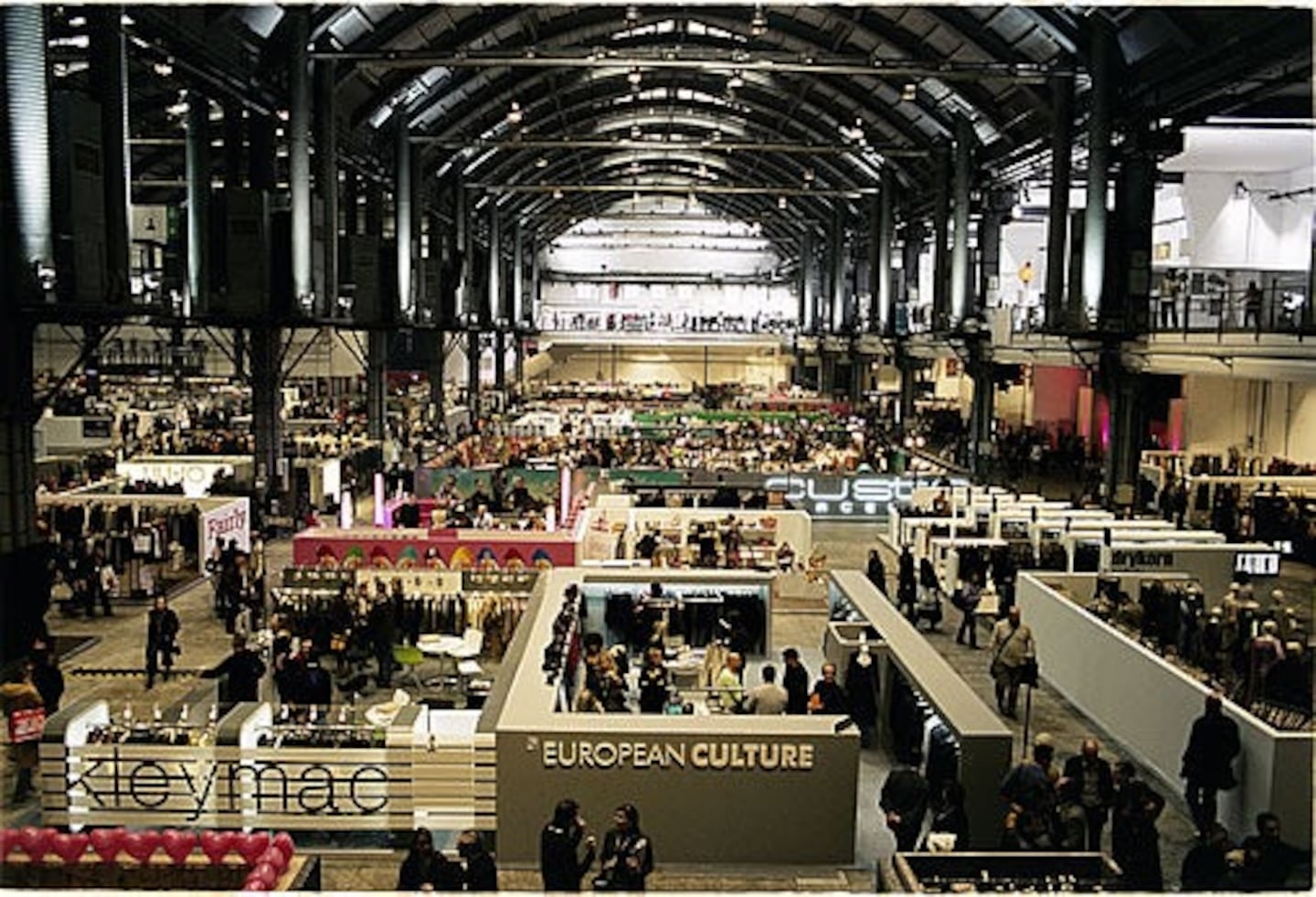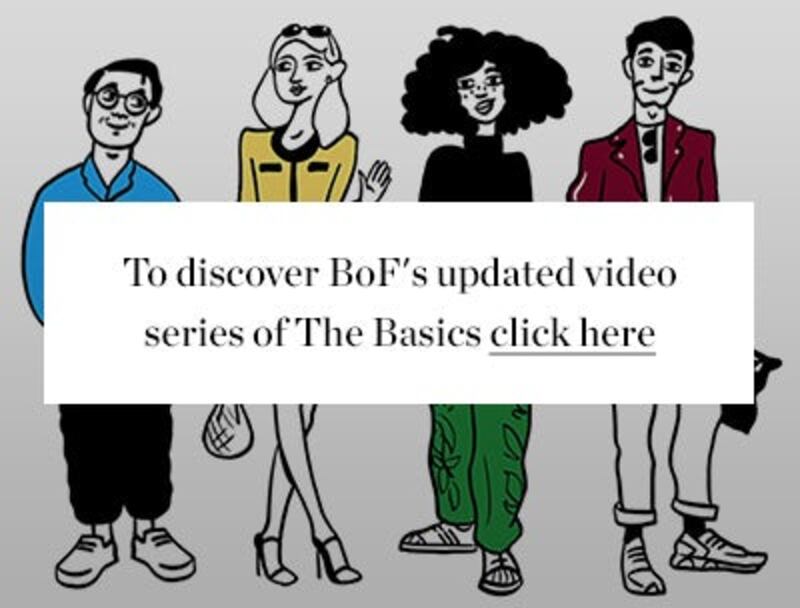
The Business of Fashion
Agenda-setting intelligence, analysis and advice for the global fashion community.

Agenda-setting intelligence, analysis and advice for the global fashion community.


The Basics is BoF’s recurring series on how to set up a fashion business from scratch, developed in partnership with Ari Bloom, a NYC-based strategic advisor to growth brands. Thus far, we have examined how to develop a successful brand and product offering. Today, we dig into the critical prospect of selling your proposition to the market.
LONDON, United Kingdom — In recent years, the sales landscape has changed dramatically. No longer are brands limited to wholesale and bricks-and-mortar retail channels. Today, brands sell across multiple channels, including online retailers and their own e-commerce. Each channel has its pluses and minuses, of course. And each requires different toolsets to succeed. Here, we focus on how to navigate the wholesale and direct-to-consumer sales channels.
NAVIGATING THE WHOLESALE CHANNEL
For emerging fashion brands with limited resources, the wholesale channel is usually a logical starting point, as it requires less upfront investment in infrastructure and greatly reduces the financial risk associated with production and manufacturing costs. It’s also a good way to test response to a product or collection. And with purchase orders from retailers in hand, fashion businesses can more easily gain access to capital (whether debt or equity) that can help to finance the production of goods which may not return cash to the business for months to come.
ADVERTISEMENT
Given that most small brands have limited industry awareness and contacts, building a wholesale business often involves hiring an experienced in-house salesperson or working with an external showroom. This person, or agency, will generally leverage their networks and relationships to make sure you get appointments with the right buyers, present your product effectively and, ultimately, secure orders.
No matter what you decide, make sure you do your research and get lots of referrals. Don’t be afraid to talk to existing clients. Your wholesale representative, whether in-house or outsourced, will ultimately be speaking for your brand, so make sure the fit is right. And even if you are not driving sales yourself, stay close to the wholesale process as it’s key to understanding how your collections are received and what can be done to improve them.
Avoid consignment at all cost. While most sales are just that — meaning the account actually buys the product from you — some accounts will only consign the merchandise. This means you still own the goods until they are sold, at which point you will split the revenues with your host. If the product doesn't sell, you carry the entire burden of the upfront costs. Beware, consignment deals can put an emerging brand at great financial risk.
GENERATING DEMAND VIA FASHION SHOWS & TRADE EVENTS
With a sales team in place, you will be able to take part in the various markets and sales-related events that occur on a regular basis around the world. While they can make a big, short-term splash, fashion shows and presentations can be a big expense for emerging designers and are sometimes hard to justify, given the limited resulting sales uplift. Remember, aside from venue fees, there are additional costs to consider, such as stylists, models, hair and makeup artists and production. Taken together, these costs can often reach well into six figures, even for seemingly small productions.
Before you decide to invest in a show, consider the audience you are trying to reach and what you will reasonably gain in press, credibility, and, ultimately, sales. Don’t be afraid to seek out low cost or subsidised venues and other options. Endorsements and sponsorships can also be an effective way to offset these costs. And remember, not every designer needs to stage a fashion show. Wait until you have a clear message you want to send.
There is nothing wrong with selling your collection from a clothes rail. In fact, it can be the most personal way to introduce your brand to potential buyers. Trade shows can be a great way to get in front of multiple retail accounts and really focus on selling. There are many options, so it’s important to study the attendees, as each show attracts a different crowd. Remember, all show booths are not created equal. Make sure you fight for a good location, as being stuck in an untrafficked corner can have a material impact on sales. If you are a show regular, keeping a consistent location can also be very helpful, as your accounts may more easily find you, especially at the larger shows. In any venue, lookbooks and line sheets are a nice selling and marketing tool. But these can be extremely expensive to produce. So, think creatively, consider putting the file on a branded flashdrive or referring buyers to your website.
DIRECT-TO-CONSUMER
ADVERTISEMENT
An alternative to wholesale is the direct-to-consumer channel, including physical retail, e-commerce, pop-up stores and trunk shows. From both a financial and branding perspective, there are many benefits to this channel. First, the economics can be great. As you are selling directly to end consumers, presumably at the same retail pricing as your wholesale accounts, your gross margin (or profit on each product) is generally much higher than what you would achieve through wholesale where you share the retail margin with your partner. For example, if you produce an item for $20, you might wholesale it for $40, for a profit of $20. However, that same item is probably going to be sold to a consumer at a price that starts somewhere around $100, capturing an additional $60 in profit. When you sell direct-to-consumer, you have the opportunity to own the entire profit potential, or $80 in this case. A clear benefit.
Operating a physical storefront or online store also allows you to control the entire shopping experience, interact directly with your customer and communicate the very purest form of your brand. Of course, retail businesses, whether online or brick-and-mortar, require significant upfront investments and human resources. What’s more, the entire inventory risk rests with you. If the product doesn’t sell, you’re the one holding it come the end of the season and will have to find a way of liquidating it, which is not good for either your business or your brand.
Nevertheless, at a certain point, most fashion labels will need to invest in retail or e-commerce in order to grow commercially and showcase their entire product offering, which wholesalers will never be able to do as well. A successful retail or e-commerce venture can sometimes return the capital invested in its setup in as little as one year and provide a robust profit centre for years to come.
What’s more, a great retail presence can also be the strongest selling tool for driving wholesale, or serve as a prototype model for shop-in-shops and international licensing. (We will delve deeper into retail and e-commerce in a future installment of this series.)
THE IMPORTANCE OF SALES DATA AND ANALYTICS
Whichever channel you choose to focus on first, make sure you have access to quality data so you can track your progress. Sales results are the most important form of feedback, so understanding what has (and hasn’t) worked will be critical to your ability to adapt your offering to meet market needs.
You should generate wholesale recaps on a seasonal basis. Together, you and your sales team must be clear on what your accounts are looking for, how much product you need to produce, target price points and what competitor brands you may sit next to.
As for direct-to-consumer, having visibility of daily sales results, and especially insight into the styles and products that are selling well, will enable you to replenish winning styles and adapt them for future seasons.
ADVERTISEMENT
CONCLUSION
Sales are the core of any fashion business. You can have great product and excellent visibility, but without underlying sales your business can never work. As painful and painstaking as it can be, a successful sales strategy requires your close attention, so don’t leave it entirely to someone else.
Ari Bloom has worked with numerous fashion brands as a consultant and as a mentor to the CFDA fashion incubator program. He collaborated with Imran Amed to continue The Business of Fashion Basics series.
Previous articles in The Basics series:

From analysis of the global fashion and beauty industries to career and personal advice, BoF’s founder and CEO, Imran Amed, will be answering your questions on Sunday, February 18, 2024 during London Fashion Week.
The State of Fashion 2024 breaks down the 10 themes that will define the industry in the year ahead.
Imran Amed reviews the most important fashion stories of the year and shares his predictions on what this means for the industry in 2024.
After three days of inspiring talks, guests closed out BoF’s gathering for big thinkers with a black tie gala followed by an intimate performance from Rita Ora — guest starring Billy Porter.